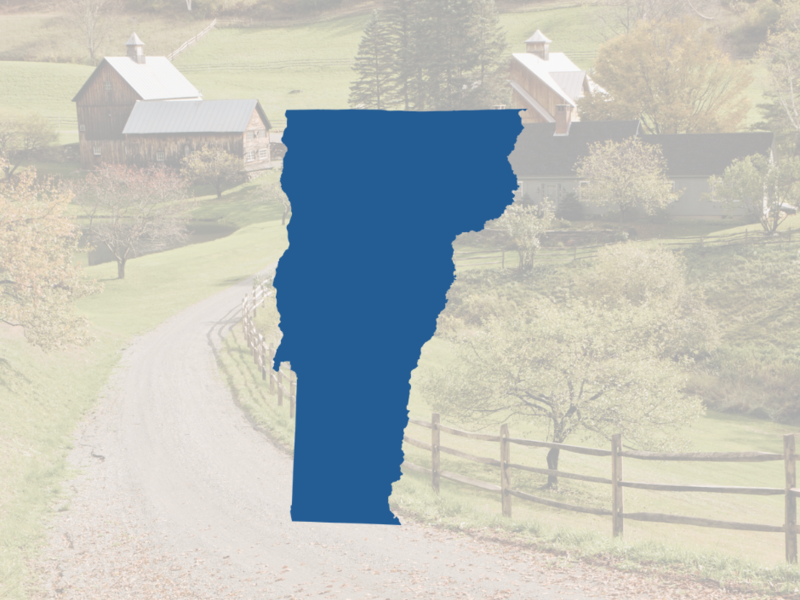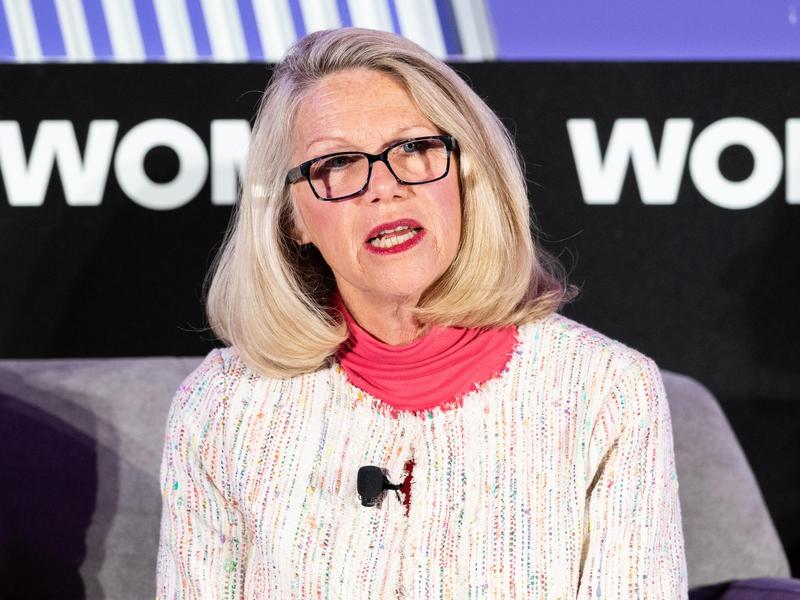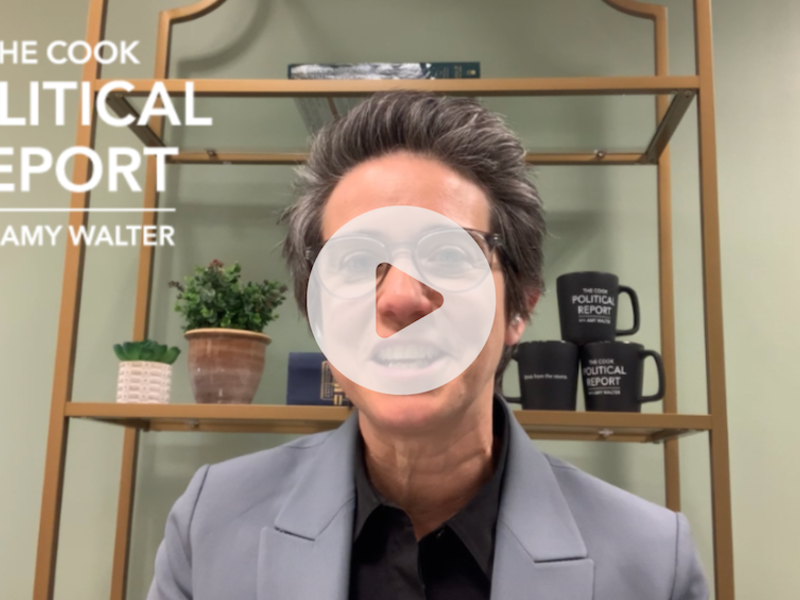
I have been thinking a lot about North Carolina these days. While the former "Blue Wall" states get the lion's share of coverage, North Carolina is actually the bigger bang for the buck. It is one of just two states — the other is Arizona — to have its presidential contest and its senate race in the Toss Up column. Oh, and it also has a competitive Governor's race.
How North Carolina goes is not just going to determine who wins the White House, but also who controls the Senate.
There's a good reason why the GOP is holding its convention (well, we think there will be an in-person convention) in North Carolina instead of Pennsylvania, Wisconsin or Michigan. Trump can afford to lose two of those three midwestern states and still hold the White House. But, if he loses North Carolina, the path to 270 is that much harder. For example, if Trump lost Pennsylvania and Michigan, won Wisconsin and carried all the other states he won in 2016, he would win the Electoral College by a squeaker — 270-268. If he lost North Carolina, as well as Pennsylvania and Michigan, but won everywhere else he did in 2016; he would lose, getting 255 electoral votes to Biden's 283.
On the Senate side, Democrats are very bullish (and Republicans quite jittery) about GOP Sen. Thom Tillis' re-election chances. And, it's hard to see how Democrats get to a majority in the Senate without this state. Even if Democrats succeed in knocking off GOP Sens. Cory Gardner (CO), Susan Collins (ME) and Martha McSally (AZ), they are likely to lose one seat, that of Alabama Dem. Doug Jones. That leaves Democrats one seat shy. A win in North Carolina, therefore, would get Democrats to the magic number 50. If Biden wins the presidency, the Democratic Vice President would be the tie-breaking vote.
Since I won't be traveling to North Carolina, or anywhere else, anytime soon, it was such a pleasant surprise to find Catawba College political professor Michael Bitzer's analysis of the North Carolina primary vote in my inbox this week. Bitzer and his blog "Old North State Politics" are a must-follow for anyone who is trying to understand the politics of this fast-growing and politically diverse state.
This week, with "the data .. finally available for who showed up to cast ballots in the respective party primaries," Bitzer provided a detailed looked at the Super Tuesday electorate. Not surprisingly, Democrats made up a bigger percentage of the electorate this year than in 2016 when there were competitive primary contests for president on both sides. Turnout among Democrats was also up from 2016 by about 15 percent. On the GOP side, turnout was down 30 percent from 2016.
There were several other interesting data points in Professor Bitzer's analysis. For example, black voters turned out at about the same rate as white voters — 30 percent black to 33 percent white. Meanwhile, more than two-thirds of women (66 percent) — compared with 57 percent of men — pulled a Democratic ballot on March 3rd.
But, what caught my eye was the surge of Democratic votes cast in the close-in suburbs. Bitzer has divided the state into four categories:
- Central city
- Suburb within urban county (voters who are inside the central city's urban county, but outside the central city)
- Surrounding suburban counties (more exurbs than suburbs)
- Rural areas
Not surprisingly, the city vote was overwhelmingly Democratic (82 percent Democrat to 18 percent Republican). The exurban vote, even without a competitive GOP primary, cast more GOP ballots (53 percent) than Democratic ones (46 percent). The rural counties (which include a lot of African-American voters) went for Democrats by 7 points (53 to 46 percent). But, in the urban-suburbs, Democrats received 61 percent of the vote to 38 percent for the Republicans. In the 2016 primary election (for which Bitzer has also shared his data), the Republican share of the vote in these suburbs was 54 percent to 46 percent Democratic.
Obviously, it's not fair or accurate to compare 2016 (which featured two competitive primary contests) to 2020 (which had just one). And, as Bitzer writes, "we can't use this information from the March primary to determine who will likely show up this fall."
But, I do think this is a relevant data point that may give us some insights or clues for November. First, these suburbs are the most competitive region in the state. Clinton narrowly carried these urban suburbs in the 2016 election 49 to 48 percent. These types of suburbs also turned decidedly more Democratic in the 2018 election.
The next question is whether an improvement in these suburbs would be enough for Democrats to win the state in 2020. Trump won the state by 3.6 percent. In 2016, the cities and those inner suburbs comprised 54 percent of the total vote. The rural areas plus the exurbs represented 46 percent of the vote. So, on paper, sure, win the cities and inner suburban areas, and you win the election. But it's not that simple. Trump dominated the exurban and rural vote carrying rural areas by 24 points and the exurbs by 30 points. Clinton, meanwhile, had a solid showing in the cities — she won them by 35 points — but just barely eked out a win in the inner suburbs.
Moreover, while the inner suburbs are turning bluer, it is highly unlikely that Democrats like Joe Biden or Senate nominee Cal Cunningham will pull out the double-digit margins there like they do in the cities. Instead, the key for Democrats will be to do better in those exurbs. According to Bitzer's analysis, the dense suburban vote and the exurban vote each make up about a quarter of total votes cast. In other words, it's not enough for Democrats to gain a couple of points in the inner suburbs if they are still losing the exurbs by 30 points.








Subscribe Today
Our subscribers have first access to individual race pages for each House, Senate and Governors race, which will include race ratings (each race is rated on a seven-point scale) and a narrative analysis pertaining to that race.